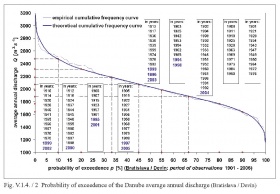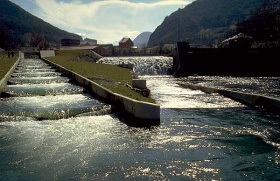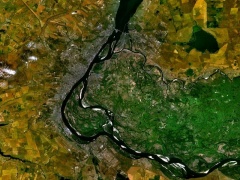Difference between revisions of "HYMOQE"
From REFORM wiki
| Line 16: | Line 16: | ||
*[[:Category:River continuity|River continuity]]<br><br><br><br> | *[[:Category:River continuity|River continuity]]<br><br><br><br> | ||
|| | || | ||
| − | |||
| − | |||
| − | |||
*[[:Category:River depth and width variation|River depth and width variation]]<br> | *[[:Category:River depth and width variation|River depth and width variation]]<br> | ||
*[[:Category:Structure and substrate of the river bed|Structure and substrate of the river bed]]<br> | *[[:Category:Structure and substrate of the river bed|Structure and substrate of the river bed]]<br> | ||
Revision as of 14:23, 28 April 2010
Hydromorphological Quality Elements (HYMOQE)
For the implementation of the Water Framework Directive, the assessment of ecological status of water bodies may be complemented with use of hydrogeomorphological (HYMO) indicators. For inland surface waters these are:
| Hydrological regime | River continuity | Morphological conditions |
 [1] [1] |
 [2] [2] |
 [3] [3]
|